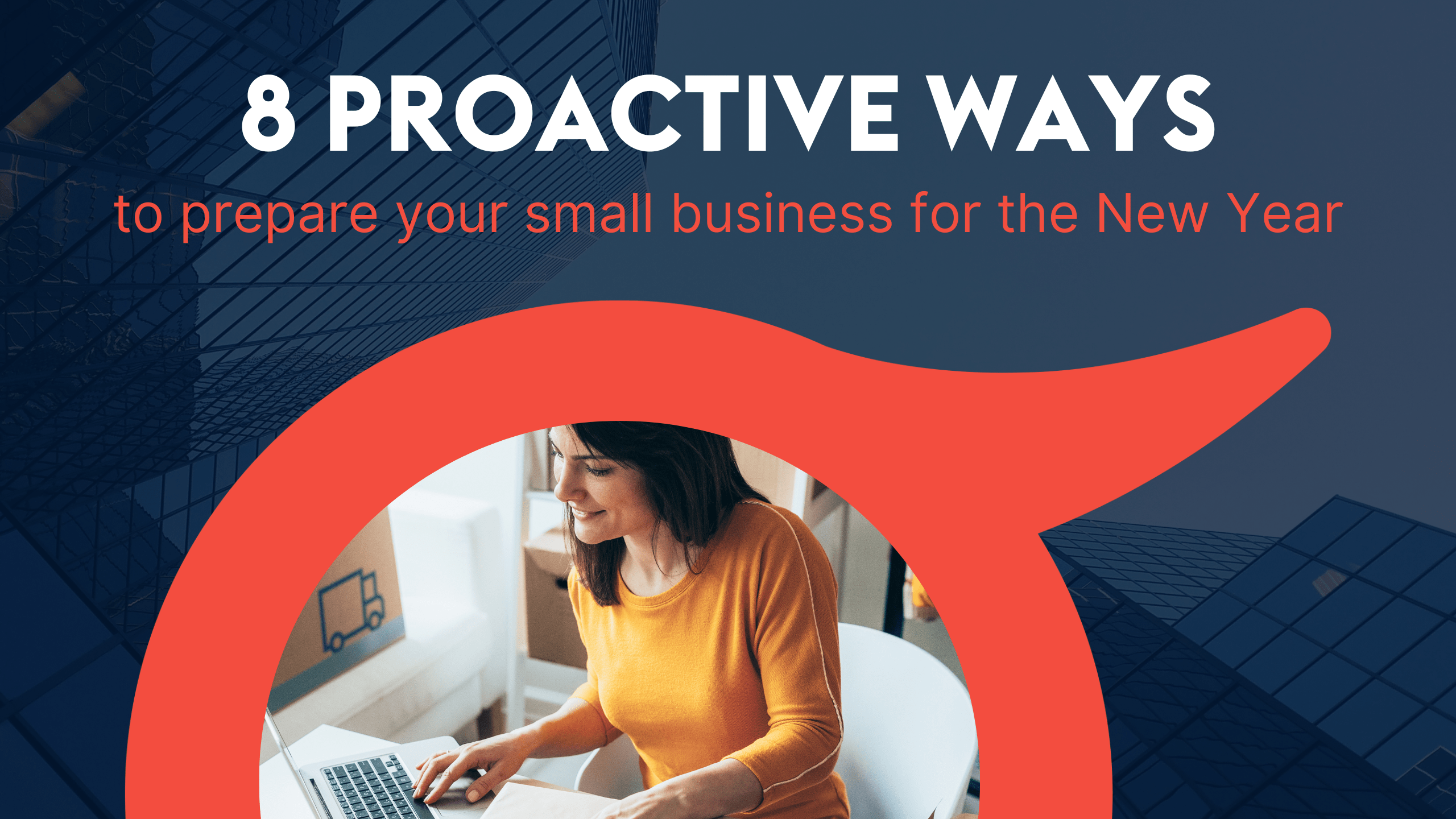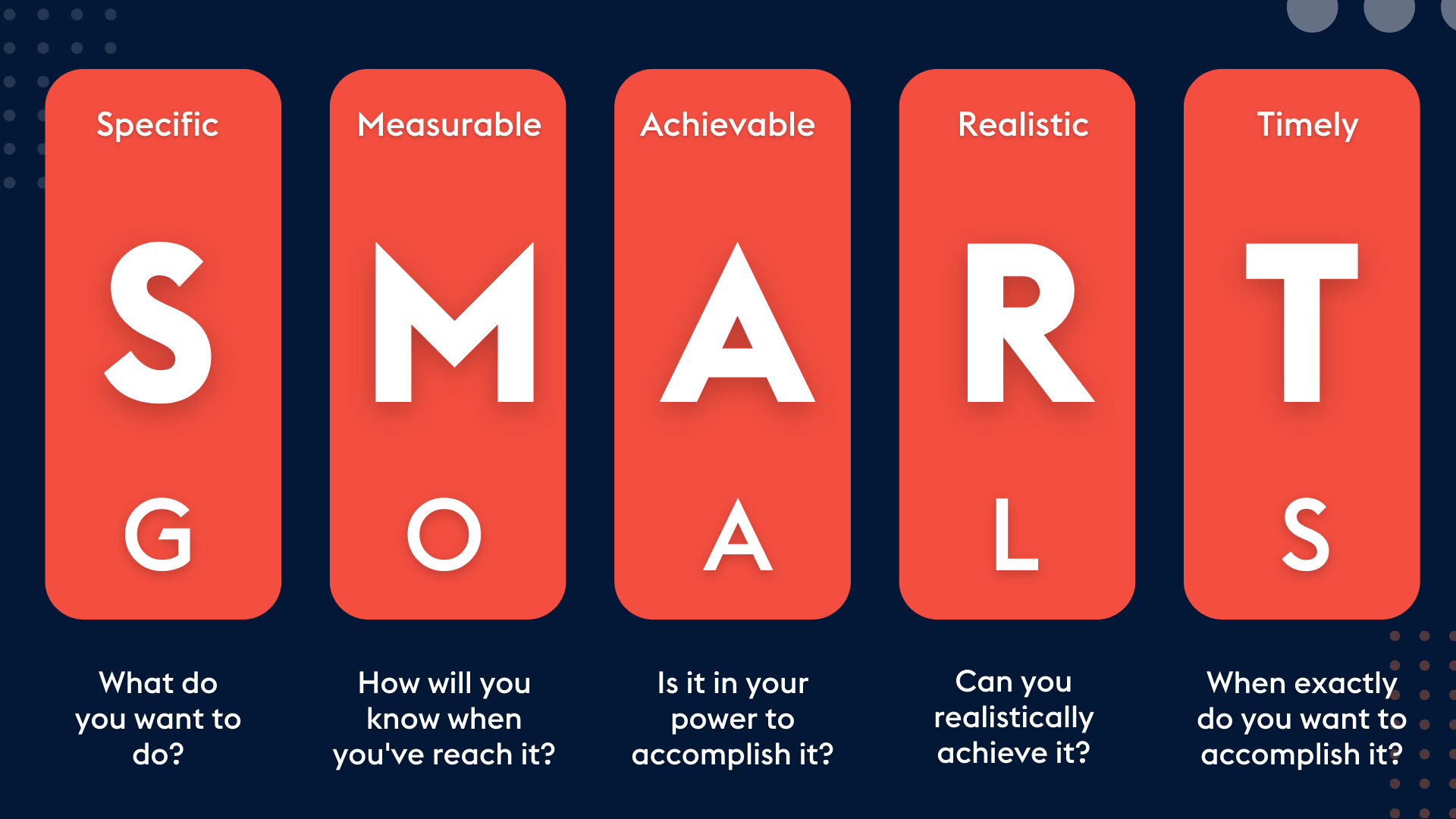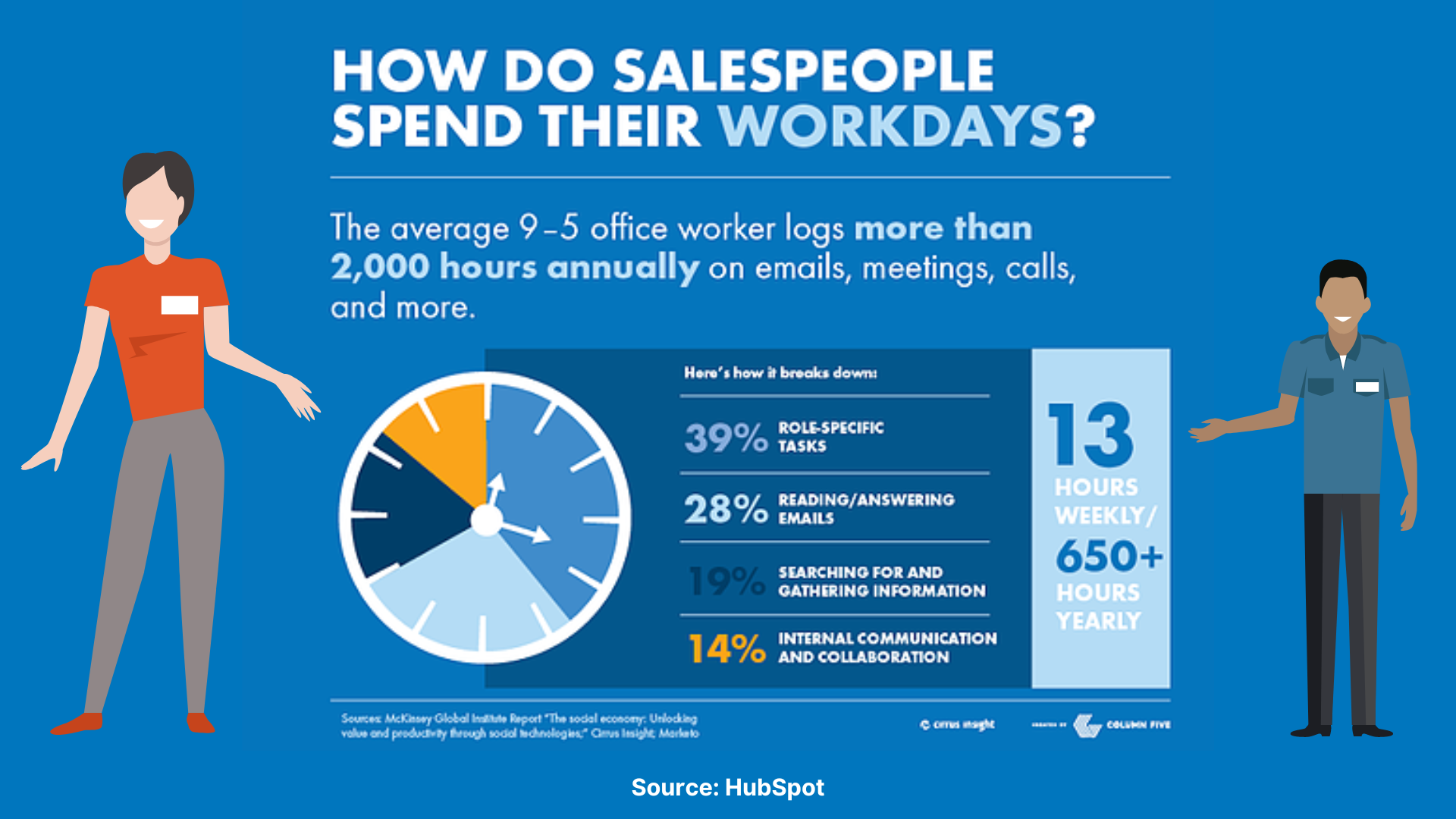
For many, it’s been a challenging business year. Rising inflation, skyrocketing interest rates and persistent supply chain issues have hit hard. As we head towards the end of the year, it’s a convenient time to regroup, review and prepare for the year ahead. Gleaning lessons from what didn’t work so well to improve strategy going forward, and capitalising on successes to keep up that momentum across your business.
As you work through this New Year housekeeping, Customer Relationship Management (CRM) software can help you review, organise, plan and execute the tips we’ve shared below. So let’s get to it!
Your business website plays a powerful role in attracting qualified traffic, converting leads and increasing conversions for your sales process. Ensure the relevant brains in your team set aside time to check pending website updates, analyse traffic and perform security maintenance. Once you understand where your website is struggling, you can focus on useful improvement areas such as enhancing your site navigation, user experience and SEO, optimising for mobile and using more video. We’ll explore a few of these elements in more detail:
With a fully integrated CRM system, you’ll be able to track website visitors’ actions such as links clicked, time spent on each page and drop-off or bounce pages, all in one place. You can then leverage the data your CRM captures to create more relevant, personalised customer experiences.
Essential to automating marketing processes, tracking visitor interactions and improving communications with prospects, integrating your website with your CRM system will help you increase lead conversions, automate admin tasks and boost sales performance.
After analysing your website traffic, and identifying the volume coming through mobile devices, you’ll want to create a seamless, mobile-friendly user experience for your website visitors.
HubSpot has some great tips on this topic:
HubSpot’s free website grader makes understanding your website’s performance easy – simply input your email and site URL and receive a rating on key metrics like performance, mobile readiness, SEO, and security, along with tips for improvement. Try it below!
The way we consume content on the internet changes constantly, meaning that businesses should organise and adapt their website content to reach more viewers, grab their attention and convert them into loyal customers. Videos can also improve SEO with a built-in advantage for increasing digital presence and average time spent on your website.
Hitting the right note with your video content can ramp up engagement and revenue. 83% of consumers said they’d consider sharing video content with their friends, as long as it specifically spoke to their interests. The same research emphasises that video significantly hikes website dwell time.
Time to look back over the year’s wins and losses: what worked and what didn’t? Identifying patterns and trends is key to informing strategic decision-making moving forward. To easily keep tabs on everything from budgets and salaries to sales revenue and customer gains, software that helps you track and monitor performance is a must-have.
As for CRM? It will hand you insight into all your business figures: profit, loss and everything in between. This knowledge will help your business leaders gain a high-level view of outcomes and foreseeable revenue targets for the coming year. The data your software will capture is also vital for highlighting relationships between strategies you’ve deployed internally and real-world results. This will enable you to build on strategies that have brought in new, and strengthened existing, customer relationships while evolving away from any that had underwhelming, or unforeseen detrimental, effects.
Setting reasonable metrics and goals, that can be broken down into smaller goals that you can spread throughout the year, is key. So, too, is having a platform to track and measure progress towards these milestones over the year. CRM software meets this need, supporting sales increases of up to 29%. It’s instrumental in elevating sales productivity, building strong and motivated teams via supporting communication of goals and progress tracking.
And it doesn’t stop there! Your CRM system can help you stay on top of your metrics and OKRs throughout the year, also supporting you to increase customer satisfaction and, ultimately, to accelerate business growth.

Content marketing showcases your expertise, builds brand awareness and engages your target audience. Evolving audience expectations and needs mean content marketing is a hugely varied, high-potential playing field, with plenty of opportunities to talk to your audience in ways that truly resonate.
First things first, though. Do you have a tool in place for tracking your marketing efforts and engaging with your customers in a more contextualised way? How about to help you understand which channels are actually bringing customers in, and allocating resources accordingly? The data gathered by an integrated CRM system will point you in the right strategic direction. Your sales teams can use CRM data to understand what type of materials they can share with prospects, ensuring relevance to their needs and requirements.
Essentially, CRM system insights allow your marketing content to be shared with segmented audiences, so that your prospects hear from you at the right time, with the right message. By understanding your audience’s trends and preferences, you’ll be set to plan content for the year ahead so that it’s organised per buyer journey, instead of spending hours guessing about your content marketing performance.
These days, your teams are likely working from various locations, across all levels and functions, remotely and on-site. These hybrid scenarios mean that giving your people the chance to feel heard and valued in your company culture, and to contribute their insights to shaping strategy, is even more vital.
Involving your internal teams is a crucial step in evolving your business towards sustainable profitability. Their direct view into their departments can help leadership make data-driven decisions aimed at growth. In parallel, cross-departmental access to data in your CRM supports you to better allocate resources, streamline processes, up productivity and plan strategically.
It’s key for higher-ups to provide regular feedback, too. This helps keep teams, especially remote ones, motivated. Via thoughtful feedback, they’ll know how and where their ideas and initiatives are making a difference and where they can improve. Showing that management is investing time and energy in their personal development, as part of the pathway to achieving bigger-picture company goals. Overall, a good give-and-take balance of feedback helps your business to steadily evolve, shaping a future that everyone understands, supports and buys into.
Successful companies are utilising automation to reallocate the time, energy and brainpower employees used to spend on unavoidable manual processes, embracing digital transformation that supports hybrid and remote working.
For example, the latest CRM software easily allows integrating applications, so workflows can be optimised for specific teams and needs. Automation is a crucial time-saver, too, minimising admin tasks that tend to clog the day-to-day with busywork. Take sales, for example. An average of 70% of their day is spent on tasks other than actual selling. That’s madness — which the right CRM can absolutely help resolve!

Taking a look at moves your competitors are making can help you stay on top of industry and sector trends. Have they refreshed, tweaked or radically altered an approach or offering? What signals does that send your way? Following competitors on social media, or subscribing to their newsletters, is the simplest way to stay updated on their offering, messaging, look and feel.
It’s not all about competition though — collaboration can also bring results. Experts recommend reaching out to businesses that have implemented strategies that have sparked your interest, to hear the successes and challenges they’re experiencing with them. While it might not be viable to talk with direct competitors, it should be to do so with companies that are adjacent or complementary to your own business.
Customer experience is a foundational element of business strategy — and it’s increasingly being prioritised as such. While savvy businesses have always highly valued customers’ opinions, the pandemic saw customer experience take on added importance. With the face-to-face element temporarily out of the window, customers’ online experience was, quite literally, everything.
Nearly 50% of surveyed business professionals put customer experience at the top of their priority list for the coming five years (that’s ahead of product and pricing). So, as we shape ambitions for the New Year, how might CRM help you streamline and elevate your customer experience (CX)?
A well-designed CRM system is a key counterpart to your CX strategy. Tracking and reporting on your customer interactions, your CRM system collates information on your accounts. However, it won’t reveal the ‘why’ behind the data. For this, you need a solid CX approach. One that keeps you pursuing a deeper understanding of your customers’ needs, wants and aims. Informing your design of strategies and initiatives to meet these — and surpass them. Yet, while your CX strategy is what completes your knowledge of your clients, it’ll be flimsy without the data-driven foundations a CRM will provide.
CRM in the coming year is all about building meaningful customer relationships. A centralised solution will let you eliminate disconnected notes, emails and calls, empower your sales and marketing teams to track every lead interaction, and automate manual tasks and reminders. Ultimately, delivering enhanced customer experiences and setting your business on track for a successful year ahead.
A very Happy New Year, from the team at Provident CRM!
When it comes to small business CRM, you have choices. Take your time and go with a CRM that offers you everything you need at a price that makes sense. We guarantee your perfect CRM is out there — you just have to find it!